Lilly Lulay
Artifacts from the Age of Acceleration
-
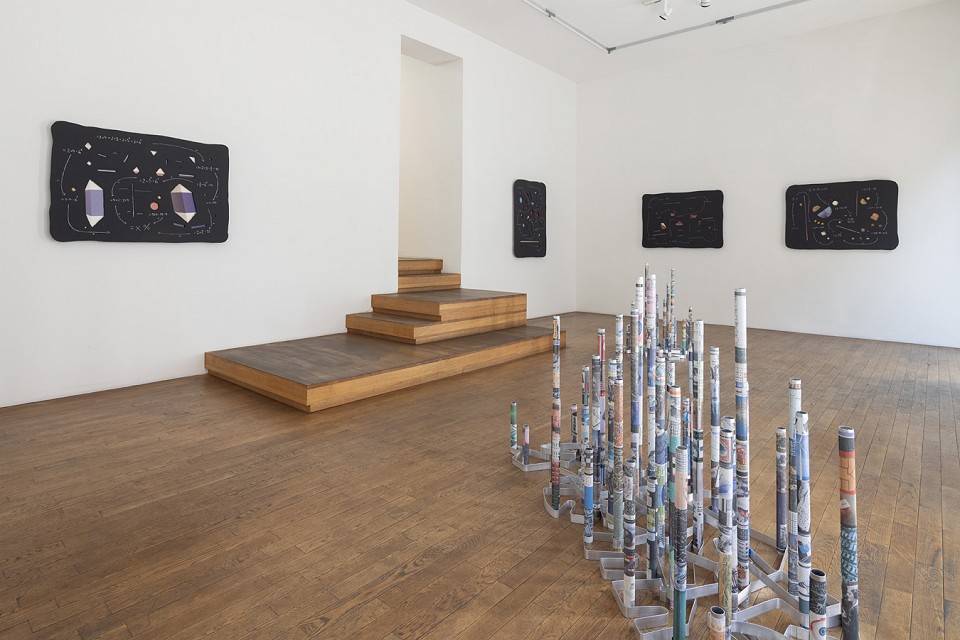
Artifacts from the Age of Acceleration, installation view, Kuckei + Kuckei, 2021
-
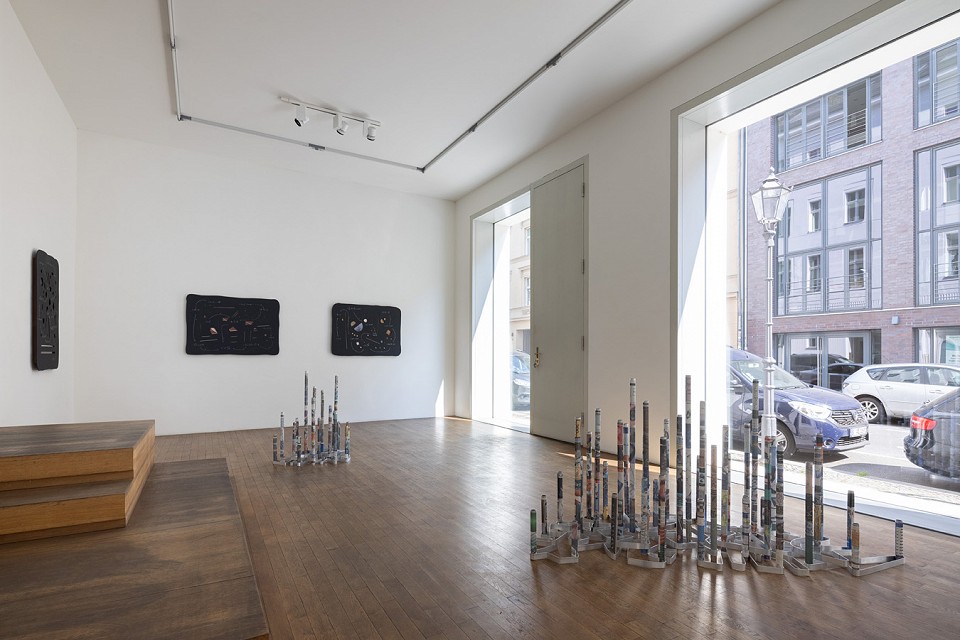
Artifacts from the Age of Acceleration, installation view, Kuckei + Kuckei, 2021
-
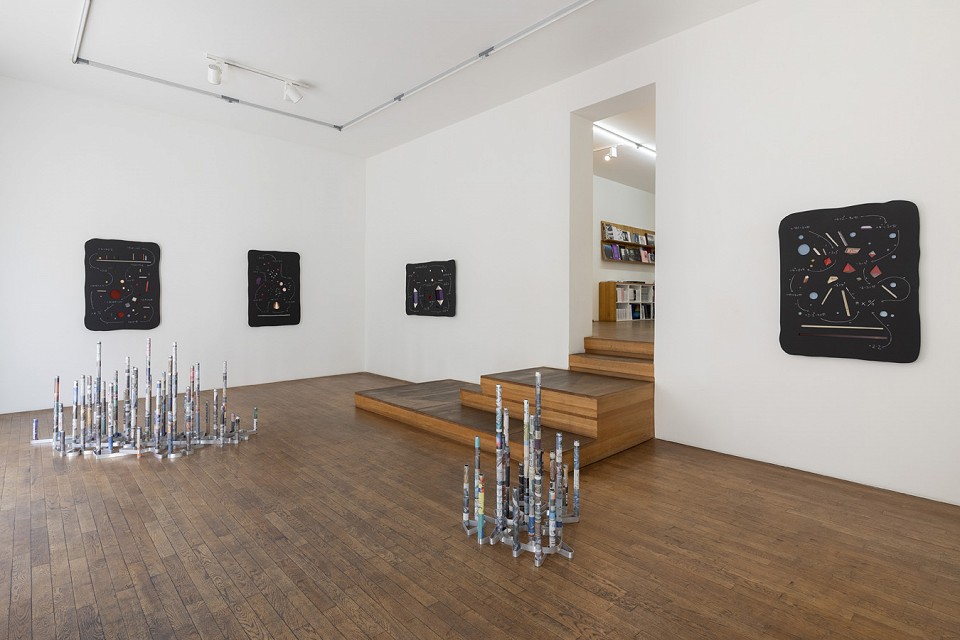
Artifacts from the Age of Acceleration, installation view, Kuckei + Kuckei, 2021
-
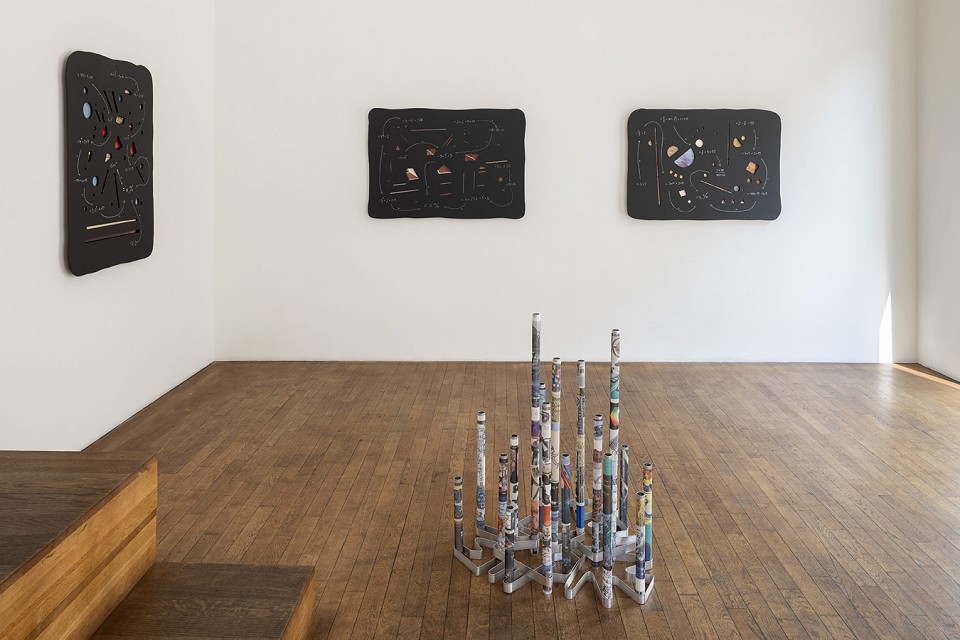
Artifacts from the Age of Acceleration, installation view, Kuckei + Kuckei, 2021
-

Artifacts from the Age of Acceleration, installation view, Kuckei + Kuckei, 2021
-
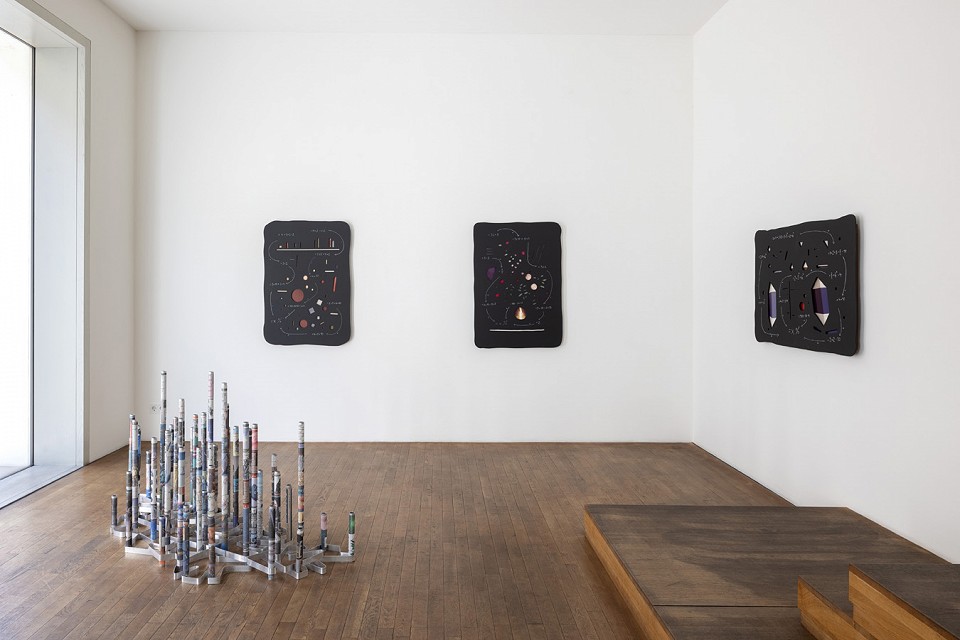
Artifacts from the Age of Acceleration, installation view, Kuckei + Kuckei, 2021
-
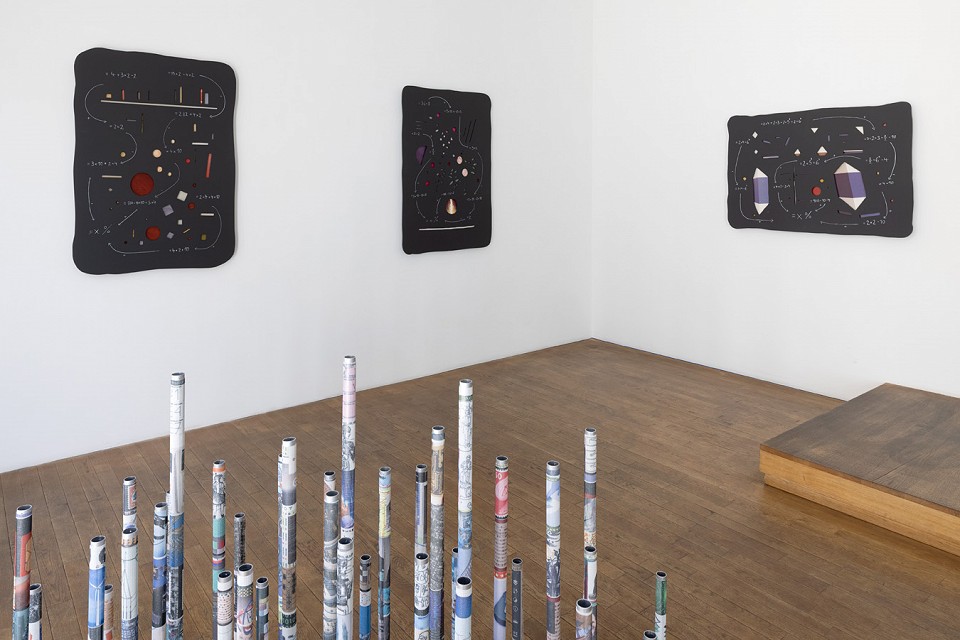
Artifacts from the Age of Acceleration, installation view, Kuckei + Kuckei, 2021
-
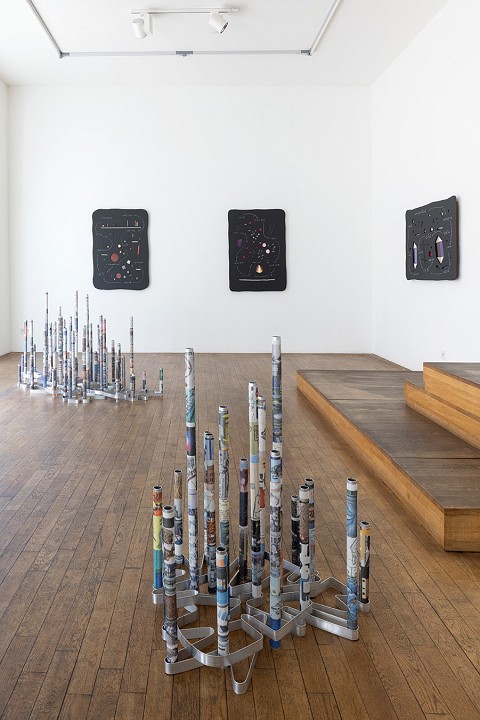
Artifacts from the Age of Acceleration, installation view, Kuckei + Kuckei, 2021
-
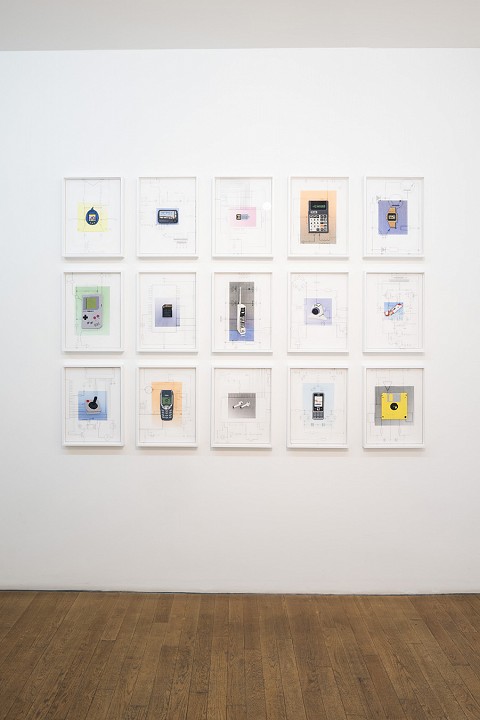
Artifacts from the Age of Acceleration, installation view, Kuckei + Kuckei, 2021
-
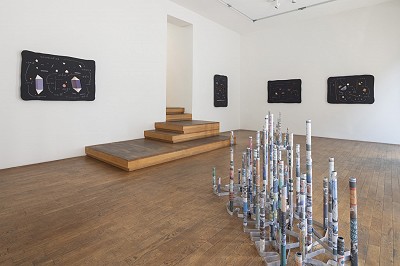
Artifacts from the Age of Acceleration, installation view, Kuckei + Kuckei, 2021
-
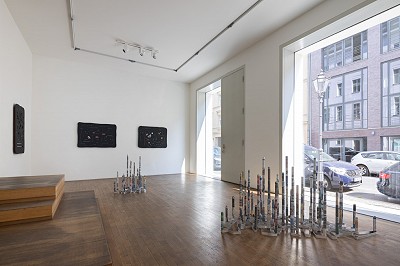
Artifacts from the Age of Acceleration, installation view, Kuckei + Kuckei, 2021
-
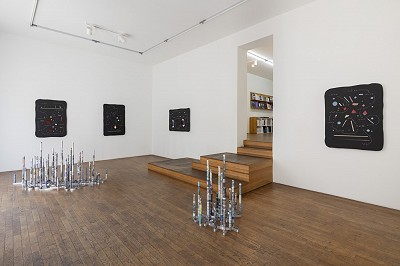
Artifacts from the Age of Acceleration, installation view, Kuckei + Kuckei, 2021
-
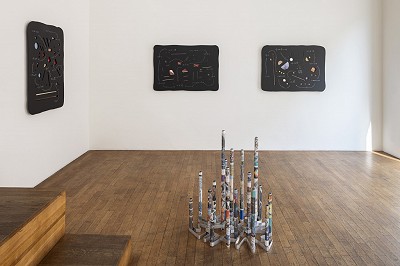
Artifacts from the Age of Acceleration, installation view, Kuckei + Kuckei, 2021
-
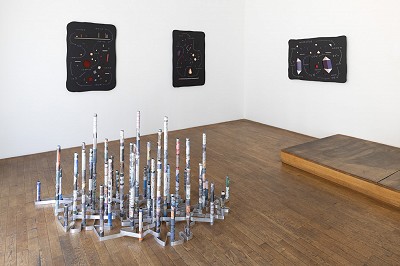
Artifacts from the Age of Acceleration, installation view, Kuckei + Kuckei, 2021
-
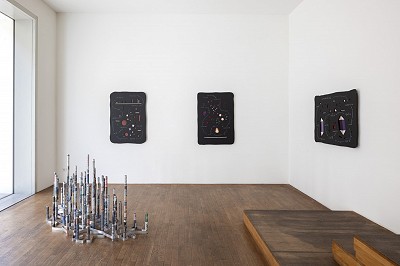
Artifacts from the Age of Acceleration, installation view, Kuckei + Kuckei, 2021
-
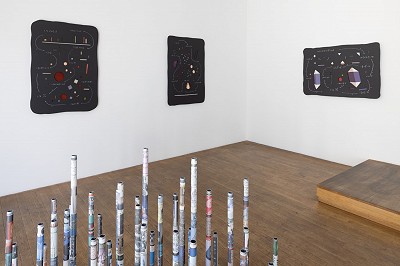
Artifacts from the Age of Acceleration, installation view, Kuckei + Kuckei, 2021
-
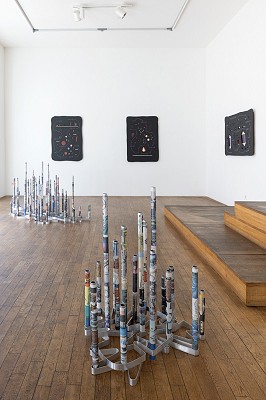
Artifacts from the Age of Acceleration, installation view, Kuckei + Kuckei, 2021
-
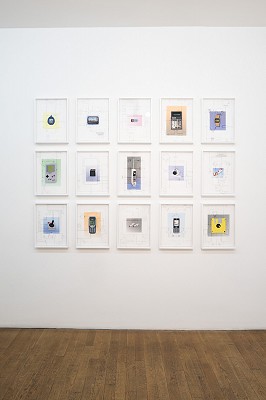
Artifacts from the Age of Acceleration, installation view, Kuckei + Kuckei, 2021
Lilly Lulay
Artifacts from the Age of Acceleration
The smartphone has radically changed our daily life in the last years. Always close at hand to connect us to the world, it has redefined our culture of communication and our sense of the here and now. Lilly Lulay’s new works investigate what takes place behind the scenes of our touchscreens, looking far back, both geographically and temporally.
Today, sending a photo around the world takes just seconds and a few clicks. At Your Fingertips, Uncovering Histories of Information Transmission is a growing archive, in which Lulay‘s assembles images of people, cultural techniques, and raw materials that are, or were, involved in the transmission of images via the smartphone. In her archive, data centers meet abaci, hieroglyphs meet emojis, and blueprints for the photographic recording of biometric data from 1840 meet today’s AI-controlled facial recognition software. This flood of images is presented on slim aluminum tubes that look like futurist versions of the relay batons and scrolls that were used in ancient cultures to convey information from A to B. Via metallic structures, reminiscent of puzzle pieces or text characters, the relay batons are interlinked with each other.
Early Digital Tech, Artifacts from The Age of Acceleration brings together digital consumer electronics, storage, and transmission media from the last three decades. Here, Lulay uses the technology of embroidery. For thousands of years, this cultural technique has been used to store and carry information. Similar to a digital photograph, Lilly Lulay builds up the images of cell phones, digital watches, Tamagotchis, and calculators by stitching cell by cell from individual knots. In this way, technical devices that are normally mass-produced and made of smooth plastic or cold metal are given a soft, supple feel. The cotton fibers of embroidery can last for several centuries. Will anyone still be able to remember the rituals and practices with which these relics of our digital culture were associated? In the background of the embroideries one discerns circuit diagrams of electronic microcomponents, such as those used inside digital devices. They control whether an electrical impulse is passed on or not.
In the series Lesson I: The Algorithmic Gaze, Lilly Lulay works with anonymous photos from the 60s and 70s, a time in which private photos were carefully archived in family albums, instead of being sent via smartphone or posted online. Lulay scans the analog photos and interprets them, as if she were an algorithm herself: she foregrounds selected elements, while the rest of the image disappears in the dark. With the aid of a black panel, evocative of a school blackboard, she filters colors and shapes from the found photo, and transforms it into an abstract composition crisscrossed with chaotic numbers and arrows. Her drawings are a playful, yet critical illustration of how algorithms “look” at photographs. They visualize the mathematical processes of abstraction and pattern recognition that form the basis of algorithmic image processing. The titles of the individual works come from the handwritten notes that the previous owner meticulously wrote on each print. This analog form of metadata reminds us of the manual labor that was once necessary to allocate a context and meaning to each photograph. Our digital devices have already freed us from such tasks. Yet on the basis of which mathematical laws and abstract concepts do algorithms “help” us to cope with the flood of information in the digital era? How do we deal with the fact that AI systems increasingly act as curators of information, who control and censor what we get to see?
An extensive catalog with a text by Christina Leber will be published to accompany the exhibition.
Lilly Lulay, born in Frankfurt in 1985, studied photography, sculpture and media sociology in Germany and France. For her work Lilly Lulay received several awards and scholarships including: 2019 Stiftung Kunstfonds Fellowship, 2018 Foam Talents Program, 2017 Olympus recommended Fellowship in cooperation with Foam Amsterdam, Deichtorhallen Hamburg, Fotografie Forum Frankfurt, 2015 IEPA Residency Fellowship, 2013 Künstlerhilfe Frankfurt Fellowship and 2012 Deutsche Börse-HfG Offenbach Photography Award. Lulay’s work is in private and public collections such as the George Eastman Museum Rochester, Fondazione Fotografia Modena, Foam Amsterdam, Deutsche Börse Photography Foundation Frankfurt, Kunststiftung DZ Bank Frankfurt, and the Artothèques in Pessac, Pau and Limoge, France. Her work has been shown at these institutions as well as at Aperture New York, Die Ecke Santiago de Chile, Ballarat Foto Biennale Australia, Beaconsfield London, Foam Next Door Amsterdam, Festival Circulations Paris, Benaki Museum Athens and Museum für Konkrete Kunst Ingolstadt, among others. Lilly Lulay lives and works in Frankfurt am Main and Brussels.